Local Memory Care Facilities With Engaging Activities
Memory care facilities are increasingly recognizing the importance of offering engaging activities to boost quality of life. Such activities promote cognitive function, stimulate emotional well‐being, foster social connection, and maintain physical skills. This article outlines the benefits of these activities, the types offered, methods for finding quality facilities, and guidelines for evaluating program quality so that families and caregivers can select options that enhance daily living for their loved ones.
Key Takeaways
- Engaging activities stimulate cognitive functions such as memory and attention, helping to slow cognitive decline.
- Meaningful group engagements improve emotional and social well-being.
- Regular physical exercises help maintain motor skills and overall health.
- Detailed activity calendars, positive reviews, thorough tours, and responsive staff identify quality programs.
- Well-rounded programs foster purpose, reduce isolation, and sustain a high quality of life for residents.
Identifying the Benefits of Engaging Activities in Local Memory Care Facilities

Engaging activities in memory care centers create a supportive environment for cognition and emotional balance. They promote cognitive function through stimulating pursuits such as puzzles, reminiscence therapy, and art projects, which encourage neural activation and neuroplasticity. Structured activities help reinforce memory recall and provide gentle challenges that mimic daily routines.
Promoting Cognitive Function Through Stimulating Pursuits
Activities like puzzles and brain games are linked to improved memory retention and neural connectivity. Regular mental challenges have been shown to delay memory loss. In these settings, residents follow a schedule of varied cognitive tasks tailored to their abilities, reinforcing existing memories while encouraging new neural connections.
Supporting Emotional Well-Being With Meaningful Engagement
Structured emotional outlets such as music therapy, reminiscence groups, and creative arts help reduce anxiety and depression. These sessions provide a sense of accomplishment and an opportunity for self-expression, which reduces feelings of isolation and fosters overall satisfaction.
Encouraging Social Interaction and Reducing Isolation
Group activities, from shared meals to interactive games, foster belonging and reduce stress and loneliness. Regular social interaction improves mood, helps develop social skills, and strengthens interpersonal relationships, contributing to a more supportive care environment.
Maintaining Physical Skills Through Adapted Exercises
Adapted exercise routines, such as chair yoga and balance exercises, maintain and even improve physical abilities. These exercises enhance blood circulation, muscle strength, and mobility while being safely accessible to each resident within their comfort zone.
Fostering a Sense of Purpose and Accomplishment
Participatory programs like gardening clubs or art therapy projects give residents clear goals and tangible outcomes. Reinforcing daily successes builds momentum, boosts self-worth, and helps residents feel recognized and motivated, thereby supporting long-term mental health.
Types of Engaging Activities Offered at Nearby Memory Care Centers

Memory care facilities offer a variety of activities that target cognitive, emotional, physical, and social needs. These include intellectual challenges, creative arts, adapted physical exercises, and group social engagements.
Cognitive Stimulation Activities Like Puzzles and Brain Games
Structured cognitive activities include puzzles, crosswords, board games, and memory exercises chosen to challenge the mind in a fun, non-threatening way. Regular participation in these activities helps improve cognitive function and delay the effects of dementia, with tasks updated to meet residents’ progressive needs.
Creative Arts and Music Therapy Sessions
Art therapy, which involves painting, sculpting, and crafting, helps residents express their feelings and preserve memories. Music therapy often incorporates songs from earlier years, triggering recollections and improving mood while offering a soothing, creative outlet.
Physical Activities Tailored to Various Abilities
Daily routines are enhanced by low-impact aerobics, stretching sessions, and massage therapy under professional supervision. For residents with mobility challenges, sessions such as seated exercises or supervised walking groups ensure safety while promoting physical health and releasing mood-boosting endorphins.
Social Engagement Opportunities and Group Events
Social gatherings like themed parties, community walks, and group meals build bonds among residents. Regularly scheduled events reduce isolation, improve overall mental health, and create an atmosphere of trust and belonging.
Sensory Stimulation and Reminiscence Therapies
Sensory stimulation activities use aromatherapy, tactile exercises, or familiar objects to evoke pleasant memories. Reminiscence therapy sessions that involve storytelling and reviewing personal memorabilia boost cognitive recall and enhance emotional satisfaction.
Locating Memory Care Facilities With Robust Activity Programs in Your Area

Finding a memory care facility with a rich program of engaging activities is vital for quality care. Families can compile a list of potential facilities by using online directories and local senior care resources.
Researching Online Directories and Local Senior Care Resources
Online directories provide detailed listings of memory care facilities with information on programs, staff credentials, and accreditation. Comparing certification, resident-to-staff ratios, and activity programs side-by-side can help caregivers make informed decisions.
Inquiring About Activity Calendars and Program Variety
Ask for activity calendars that detail daily, weekly, and monthly programming. A robust calendar will include a balanced mix of cognitive, emotional, physical, and social activities, ensuring the program fits the resident’s interests and abilities.
Observing Activities and Resident Participation During Tours
During tours, observing resident engagement can indicate the quality and reception of the facility’s programs. Active participation, enthusiastic interactions, and well-organized sessions suggest that the activities are well-tailored to resident needs.
Speaking With Staff About How Activities Are Adapted for Residents
Direct communication with staff helps reveal how activities are customized for individual residents. Inquire about staff training, adaptations for varying levels of memory decline, and how the facility personalizes engagement for different interests.
Reading Reviews and Testimonials: Focusing on Engagement
Testimonials from family members can provide external perspectives on program quality. Consistent positive feedback regarding cognitive, social, and physical activities is a strong indicator of a facility’s commitment to resident well-being.
Evaluating the Quality of Activities at Local Memory Care Options

After identifying potential facilities, caregivers should evaluate the quality of offered activities to ensure they are delivered effectively.
Assessing if Activities Align With Individual Interests and Abilities
High-quality programs offer a flexible menu that suits various cognitive and physical abilities. Programs must be adaptable, ensuring every resident finds appealing and beneficial activities.
Checking for a Balance of Physical, Mental, and Social Activities
An effective program provides a balance among the three key areas: physical movement, cognitive challenges, and social interaction. Overemphasis on one area might neglect other important aspects of resident health.
Ensuring Activities Are Purposeful and Promote Well-Being
Each activity should have clear objectives and measurable benefits. Regular reviews and updates ensure that activities remain relevant and continue to boost resident mood and participation.
Observing Staff Interaction and Encouragement During Activities
Watch how staff members interact with residents. Friendly, attentive, and motivating staff are essential for increasing engagement and satisfaction during activities.
Determining How Facilities Incorporate New and Varied Engaging Pursuits
Facilities should regularly update their offerings based on resident feedback and the latest research. Introducing new activities helps prevent boredom and ensures long-term engagement.
Key Questions to Ask Local Memory Care Facilities About Their Activities

Caregivers should ask targeted questions to evaluate the quality and adaptability of activity programs.
What Specific Engaging Activities Are Offered Regularly?
Ask for detailed descriptions of the routine activities offered, including frequency and levels of resident participation.
How Are Activities Personalized for Individual Cognitive Levels?
Determine how the facility customizes activities to meet each resident’s cognitive abilities and interests, ensuring effective stimulation.
Are There Opportunities for Outdoor and Community-Based Activities?
Check whether the facility includes outdoor or community events that boost mood and provide varied sensory stimulation.
How Does the Facility Encourage Resident Participation in Activities?
Inquire about methods used to motivate residents, from staff encouragement to celebrating small achievements during sessions.
What Training Do Staff Receive for Leading Memory Care Activities?
Ensure that staff are well-trained in activity facilitation, safety protocols, and can effectively manage emergencies during sessions.
Understanding How Engaging Activities Enhance Life in Local Memory Care Settings

Engaging activities create dynamic, enriching living conditions by reducing agitation, improving mood, and providing residents with more control over their daily routines.
Reducing Agitation and Improving Mood Through Enjoyable Pastimes
Enjoyable activities such as art therapy and music sessions can lower frustration and agitation, leading to a calmer and more positive environment.
Strengthening Connections Between Residents and Caregivers
Personalized activities enhance the bond between residents and caregivers, improving communication and empathy for better overall care.
Providing Opportunities for Joy and Self-Expression
Activities that encourage creative expression give residents a voice and help them communicate their feelings, increasing their sense of empowerment and well-being.
Supporting Daily Routines and Maintaining Life Skills
Structured activities help reinforce daily routines and essential life skills, providing residents with familiarity and a sense of independence while slowing the progression of memory-related decline.
Creating a Positive and Stimulating Living Environment
A diverse range of well-organized activities reduces stress and contributes to better physical and cognitive outcomes by ensuring residents feel valued, stimulated, and connected.
Table: Comparison of Activity Types and Their Benefits in Memory Care Facilities
| Activity Category | Primary Benefit | Key Examples | Supporting Data / Outcomes |
|---|---|---|---|
| Cognitive Stimulation | Improvement in memory retention | Puzzles, brain games, and reminiscence therapy | Delays cognitive decline |
| Creative Arts & Music Therapy | Enhanced emotional well-being | Painting sessions, music reminiscence | Improved mood, reduced agitation |
| Adapted Physical Exercise | Maintenance of physical skills | Chair yoga, walking groups, light aerobics | Increased mobility and strength |
| Social Engagement and Group Events | Reduced isolation and improved communication | Group meals, themed events | Enhanced social bonds, reduced stress levels |
| Sensory Stimulation & Reminiscence | Reinforcement of personal identity | Aromatherapy, tactile activities | Improved recollection and emotional balance |
The table above summarizes various engaging activities by linking specific approaches with their benefits. Such comparisons aid caregivers in understanding the multi-dimensional impact these programs can have on a resident’s life.
Final Thoughts
Local memory care facilities offering well-rounded, engaging activities are crucial for enhancing residents' lives. By integrating cognitive, physical, emotional, and social strategies, these centers delay memory decline and uplift overall mood. Families should consider the diversity and personalization of activity offerings when selecting a facility. A vibrant, stimulating environment fosters lifelong connection, instills purpose, and ensures holistic care tailored to each resident's needs.
Frequently Asked Questions
Q: How do engaging activities in memory care facilities help reduce agitation?
A: They provide structured stimulation and emotional outlets that lower anxiety, reduce aggressive behaviors, and improve overall mood.
Q: What types of cognitive activities are most beneficial for memory care residents?
A: Puzzles, brain games, and reminiscence therapies are effective since they challenge mental faculties and enhance memory retention.
Q: How can caregivers assess the quality of activity programs in memory care facilities?
A: They should review activity calendars, observe resident participation during tours, speak with staff about personalized adaptations, and read testimonials from other families.
Q: What physical exercises are recommended for memory care residents?
A: Adapted exercises such as chair yoga, gentle aerobics, and supervised group walks help maintain motor skills and overall health safely.
Q: Can engaging activities improve social interactions for residents?
A: Yes, regular group events and social engagements foster connections, reduce isolation, and encourage meaningful communication.


